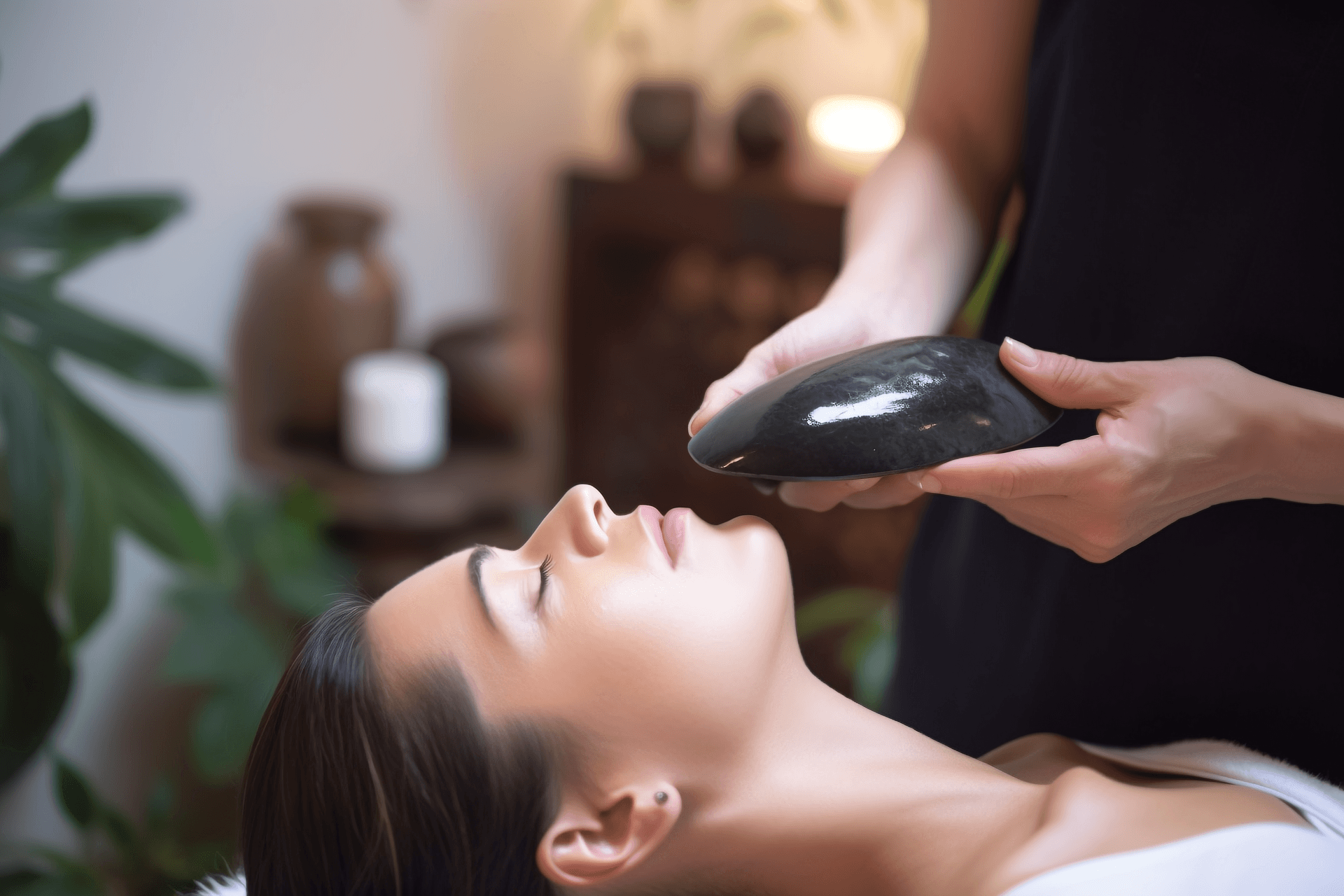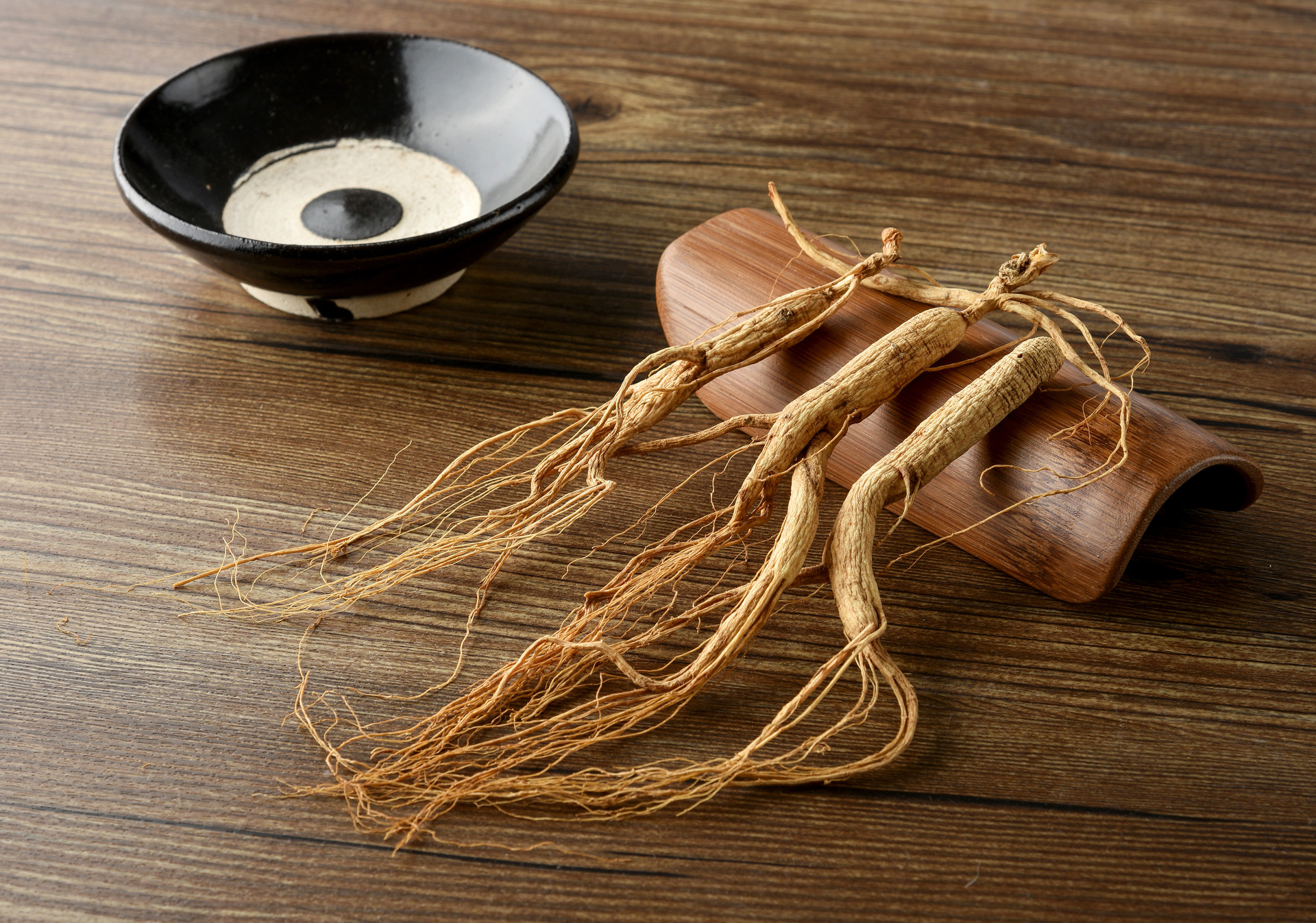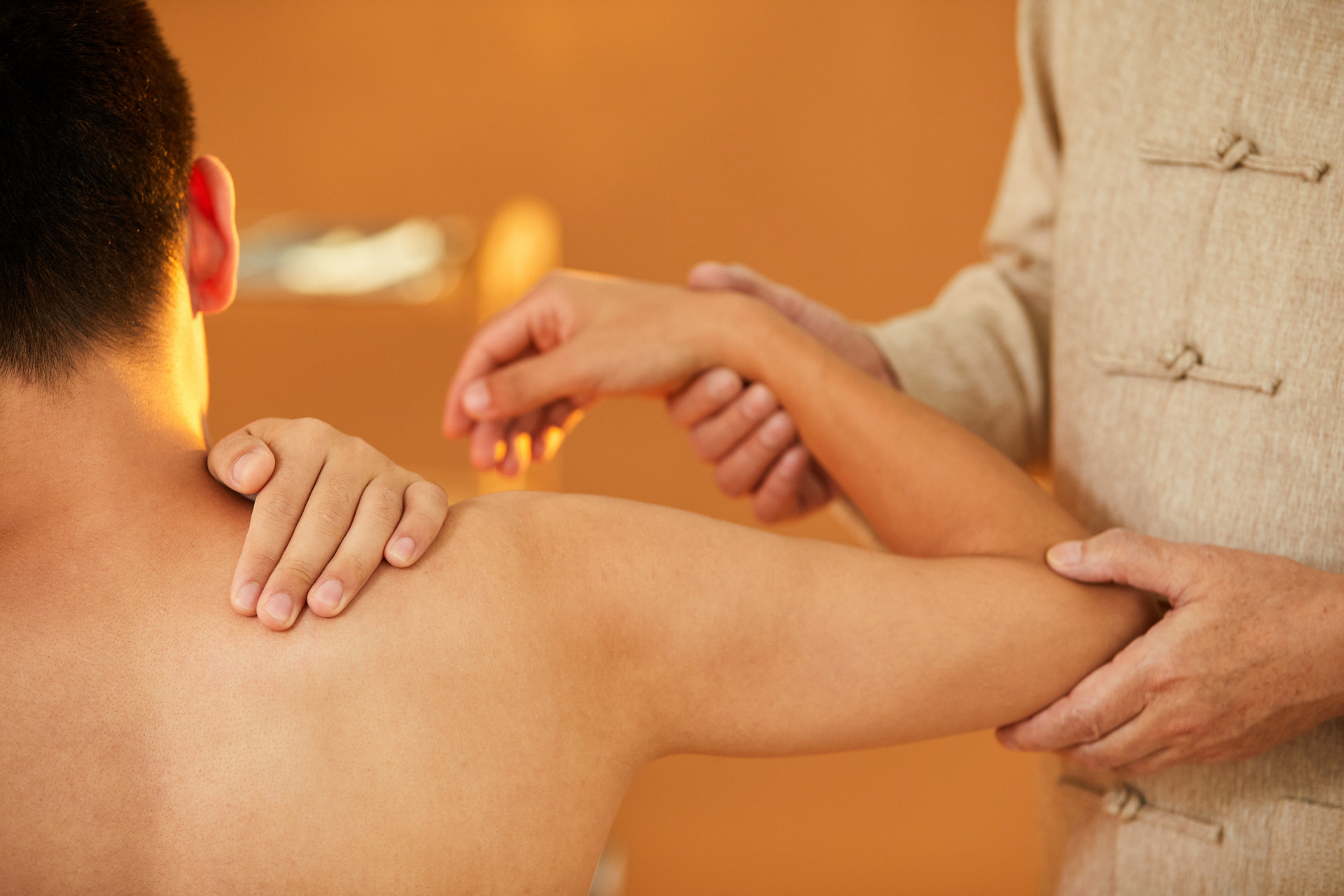Nowadays, more and more people choose to exercise for health, and climbing stairs is both simple and convenient, so many people choose this exercise to stay fit. However, some people may experience headaches while climbing stairs. So what's the reason behind this?
Lack of exercise
People who lack regular exercise have weaker cardiovascular function. Suddenly exercising their bodies through climbing stairs can cause their organs to temporarily adapt to this situation. As a result, headaches may occur while climbing stairs.
Caused by cold
During the process of climbing stairs, the body will produce a large amount of sweat. If one doesn't change clothes promptly after climbing stairs and is exposed to cold air, it is easy to catch a cold. This situation can also lead to headaches.
Lack of energy
When the body is in a state of hunger or climbing stairs in overheated or cold environments, excessive energy consumption in the body and insufficient supply can lead to a rapid decrease in blood sugar levels. Insufficient blood sugar levels in the brain can also cause headaches.
Lack of oxygen
During the process of climbing stairs, most of the body's blood will supply the muscles. If the amount of exercise while climbing stairs is too intense, the blood supply to the brain can easily become insufficient, leading to a lack of oxygen in the brain and the occurrence of headaches.
Existing medical conditions
Patients with chronic rhinitis, migraines, neurosis, anemia, and chronic otitis media are already prone to headaches. Climbing stairs also requires a certain level of intensity, which can worsen their discomfort symptoms after climbing stairs.
How to prevent headaches after climbing stairs
1. It is best to eat a banana or a small steamed bun before climbing stairs. They can provide energy to the body and prevent low blood sugar during the process of climbing stairs.
2. It is best to climb stairs according to one's own physical condition. Try not to suddenly accelerate during the process of climbing stairs. It is better to wait until the rhythm is adapted before increasing the pace. Also, avoid climbing stairs too quickly.












